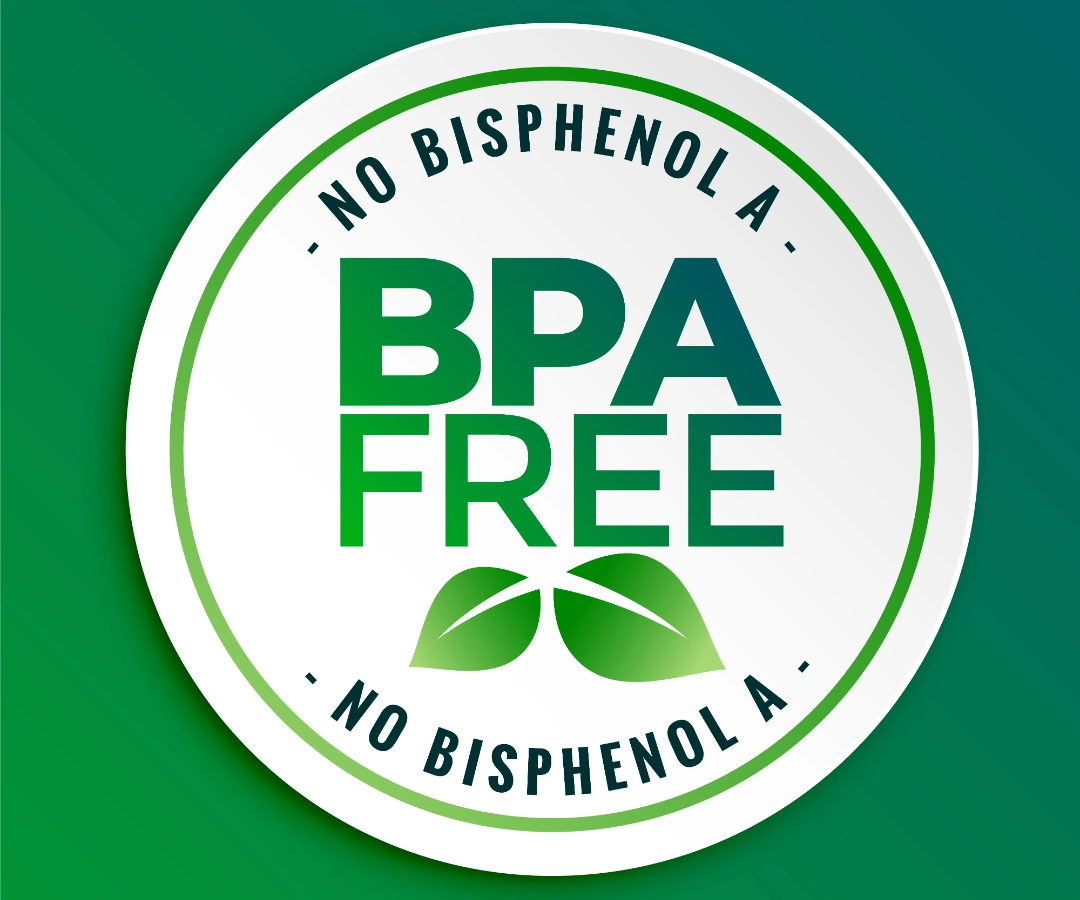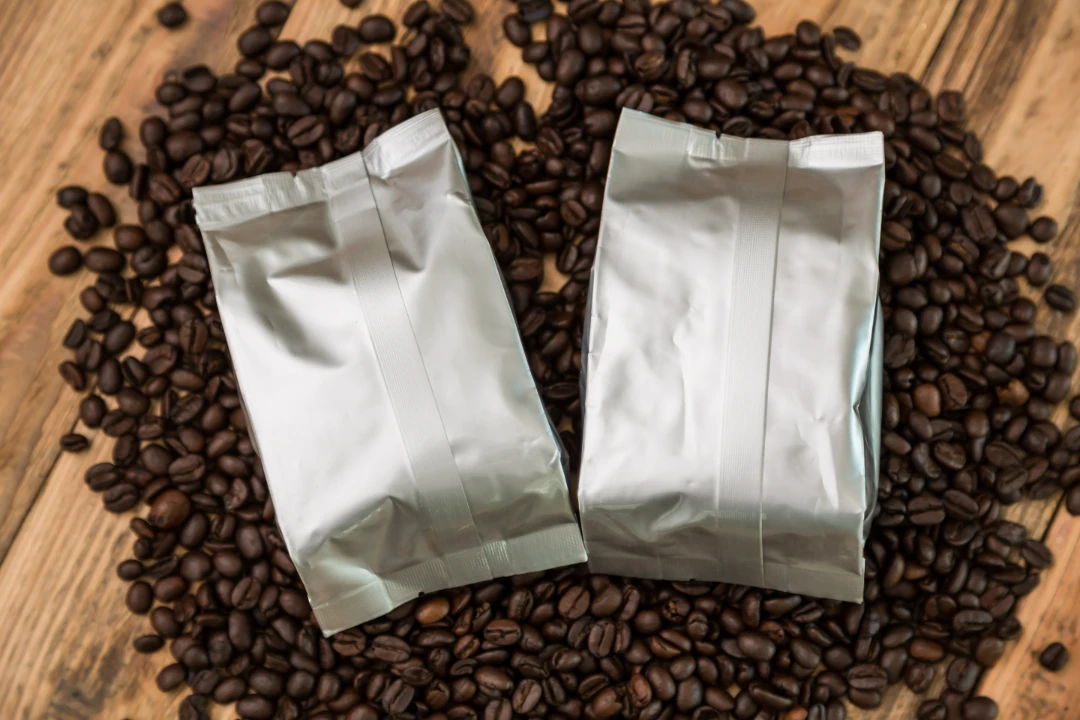There have been many stories and articles in the news and media worldwide in recent years regarding single use plastics, and their effects on the environment. We are all concerned about the use of plastic products that are used once and then disposed of without regard for the effect on our environment, and the habitats of animals and plants, particularly in our seas and oceans. Many countries worldwide have introduced taxes and duties aimed at reducing our reliance on these products, and making businesses and individuals more aware of their effect on the planet.
We at Mylar Shop are committed to the health of our planet, and have received many questions from our customers regarding how our products fit into this. People who are interested in long-term food storage are also often concerned about the future of our planet.
In this article I will explain the difference between single use plastics and Mylar bags.
Mylar bags are made from food grade PE/PET and aluminium. PE (Polyethylene or polythene) is a plastic polymer that is commonly used in packaging. PET (Polyethylene terephthalate) is also a plastic polymer, and is commonly known as Polyester. Both these products have been used widely in food packaging and storage since they were first synthesised in the mid 20th century. The physical properties of PE and PET that make them so useful in food packaging and storage are their flexibility, lightness, and chemical stability. Aluminium is a chemical element widely used in packaging, particularly in cans. The thin layer of aluminium used in Mylar film decreases the transmission of light and gas through the bag, as well as increasing resistance of the film to tears and punctures, making the material ideal for the long term storage of food and other products that can deteriorate in the presence of oxygen and light.
The Mylar bags that we sell at Mylar Shop are different to single use plastic products for two main reasons.
Firstly, our bags are intended for long-term use. Most food packaging products are intended for one-time use. They are manufactured to survive shipping to the point of sale, and perhaps a few months after this, until the Best Before or Use By date of the product. After this, they are discarded, hopefully to be recycled, but sadly often into landfill. Our bags are intended to store food for the long-term, up to 30 years or more, depending on the particular food. They are thicker and more durable than single use plastics, and their role is more food storage than food packaging. For example, a plastic Tupperware® type box may be made from the same material as a plastic food container that a microwaveable meal is packaged in, but the Tupperware® container can be used, washed, and the re-used multiple times, reducing its environmental impact substantially.
The second main reason why the Mylar bags we sell are different to single use plastics is that they are reusable. As Mylar bags are for the storage of dry foods and other products, there should be no residue left in the bag once used, so you can reuse them time and time again. Our zip-lock bags have durable seals that can be opened and closed hundreds of times. All our Mylar bags can be heat-sealed at any point on the bag, so if you have a 25cm x 35cm bag, and seal it at the top, if you need to open the bag to use the contents, simply trim off the top section just below the seal, and reseal again with your sealer. You then have a 25cm x 30cm bag that can be re-used again and again, with just a slight reduction in the volume of the bag each time.
If you do need to dispose of Mylar bags for any reason, Terracycle offer recycling of these materials.
Oxygen absorbers are essentially a one-time use product, though that use may last up to 30 years or more. If you do need to open a Mylar bag, you will need to use a new oxygen absorber. The primary material of oxygen absorbers is iron, which turns to iron oxide when exposed to oxygen. The external sachet is made from food grade PET.
The silica gel sachets we sell are reusable, so once they have done their job once, it is possible to reactivate the silica beads easily at home. They can be reactivated many times, though they will lose some of their desiccant properties with each reactivation. Please see our Silica Gel Desiccants FAQ article for more information on how to reactivate silica gel sachets.
In summary, reduce, re-use, recycle, in that order, is the best way to protect the planet from the harmful effects of plastic waste. Using one bag with an oxygen absorber and/or silica gel desiccant over the course of decades is better than using multiple single use plastic products. Reduction is the first and most important part of the process. If you do need to open a bag sooner than expected, you can re-use both the bag and the silica gel sachet. Finally, if your Mylar bag has come to the end of its useful life, take it to a suitable facility for recycling.
® TUPPERWARE is a trademark of DART INDUSTRIES INC.






